| A story about the Firefly aeroplane that crashed into Jervis Bay back in 1956 appeared in the South Coast Register today.  Divers explore the wreck of VX 381 in Hare Bay. Photo: Mick Tait - www.micktait.com Divers explore the wreck of VX 381 in Hare Bay. Photo: Mick Tait - www.micktait.com |
| I have previously posted other information about this and other Fairy Firefly incidents including some amazing images and the only ones in existance of a forced wheel up crash landing on Callala Beach taken by relatives who lived there at the time of the accident. - Continue Reading. – More Here. |
27 July 2016
Firefly crash.
White Bellied Sea Eagle
22 July 2016
Around the grounds
18 July 2016
Cape St George Lighthouse.
| Midnight shadow chasing. |
 |
| I went out to the Old Lighthouse around midnight recently and took a time lapse photo of my favourite part of the coast. The remains are cold and quiet, in stark contrast to some of the activities that use to go on there. |
Kingfisher
| The work continues on the Kingfisher – the old hull is being completely stripped down and anything that is rotten is being replaced with new materials. |
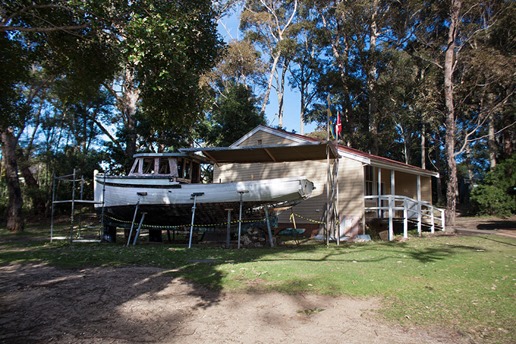 |
 |
15 July 2016
The barque Loch Katrine adrift off Jervis Bay 1910.
| A mighty conflict with the elements. |
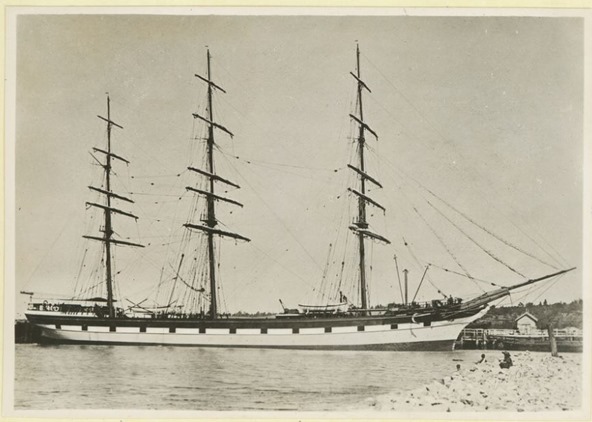 The iron ship 'Loch Katrine', 1252 tons, in an unidentified port. Aprox 1880. The iron ship 'Loch Katrine', 1252 tons, in an unidentified port. Aprox 1880.REF: http://collections.slsa.sa.gov.au/resource/PRG+1373/15/4 |
| You don't usually find such a graphic account of the circumstances surrounding this types of incident, but this account brings you right onto the decks of the Loch Katrine. It takes you to a place where frightened men battled the elements trying to stay alive as they tried to avoid flying debris as the ship was being torn apart around them, you can imagine the sounds of the waves engulfing the ship, the grinding of timber against timber, the groans of the rigging and the steel hull as the Loch Katrine strained against the sea and wind. With only the foremast complete the barque was left a floating hulk, and she rolled to such an extent that the crew stated they had never experienced anything like it.. 8 a.m Wednesday. 10a.m.Wednesday. 12 p.m. 28th Thursday. April 29th. Friday 3 p.m. May 1st Sunday. May 2nd - Monday. A change of wind drove her away north. May 3rd - Tuesday. May 7th - Sunday 6 p.m May 8th - Monday. The wind freshened from the south again and the captain headed in for the land in a north-west direction. 3p.m The watchful crew noticed a tug steaming towards their stricken vessel. On arrival at the scene the Heroic dispatched meat, potatoes, vegetables and tobacco to the distressed crew, and all hands were thankful for their deliverance. - The Captain was at a loss to understand why his distress signals were ignored by the Jervis Bay Lighthouse. He said that as soon as he sighted the lighthouse on Sunday Evening he fired several rockets, and when abreast of Jervis Bay, only 10 miles off land, on Monday afternoon, he hoisted a flag code signal that he was in distress, and wanted immediate assistance. No notice was taken of either signal, although from the Loch Katrine the flagstaff of the signal station could be distinctly seen with the naked eye. The alarm was raised after the men who had left the boat on Tuesday the 3rd headed for Twofold bay came within sight of Gabo Island. They were then seen and picked up by the Swedish steamer “Tasmanic” on Friday the 6th. They were well looked after, given seperate cabins and they had their first sleep in nine days. |
 |
| I couldn’t find any photographs of the Loch Katrine, but I found this photograph of the Barque Hougomont in a South Australian Port after her battle with a terrific gale around the same time… |
 |
|
|
| What became of the Loch Katrine. |
| After being so badly damaged the Loch Katrine was sold in June 1910 to Dalgety & Co., Sydney for conversion to a coal hulk. In May 1924, the Loch Katrine was purchased by Burns Philp and Co. Ltd and towed to Rabaul where for some years it was used as a coal lighter for ships of the Burns Philp line, subsequently taken to Rabaul and eventually sunk as a breakwater. REF: http://www.theshipslist.com/ships/lines/loch.shtml REF: http://www.pngaa.net/Library/LochKatrine.htm |
| Loch Katrine was named after a Scottish Lake. |
| Many rescues at sea during these times mention the tugboats from Sydney.  |
 |
13 July 2016
The boy in the boat–Huskisson
12 July 2016
Warden Head Lighthouse
| Today I took the opportunity to visit the Warden Head Lighthouse at Ulladulla. It been a long time between visits. Full story on the Lighthouse here. |
 In the background we have whale watchers scanning the ocean hoping to catch a glimpse of these beautiful animals as they swim by on their northerly winter migration. |
|
|
|
|
11 July 2016
Tathra Wharf.
 | |||
| The historic coastal steamer wharf was constructed in 1862 from funding provided by local farmers and the Illawarra Steamship Company. | |||
 From one of my slides - Unglazed window openings 1978. | |||
| With the threat of demolition local people rallied together forming the Tathra Wharf Action Group. They raised money and peoples awareness of the importance of saving the old wharf and preserving a small but important part of our short but important heritage. | |||
| Sydney Mail 1902. | |||
| |||
| Timetable advertisement in the same issue. | |||
 | |||
| There are many stories associated with the Tathra wharf but the one below is rather interesting and unusual. | |||
  | |||
| The wharf has a small maritime museum that is only open on Sunday afternoons, if you have a chance, take the time and visit the wharf and with a bit of imagination you may even hear the whistle of a small steamer approaching.. | |||
8 July 2016
Yesterday and Today
Aberation of Intellect
| As reported in the South Australian Chronicle and Weekly Mail 14 Feb 1880. |
 |
 838 gross tons, 615 net. Lbd: 251'4" x 28'3" x 16'6". Iron steamship, 3 masts Barque rigged, built by J & G Thomson of Govan, Glasgow for the ASN Co. Designed as a passenger vessel, carrying 194 in two classes on the Australian coastal run. |
5 July 2016
Whaling Jervis Bay.
| These small pieces of information are important insights into the movement of steamers into and out of Jervis Bay. |

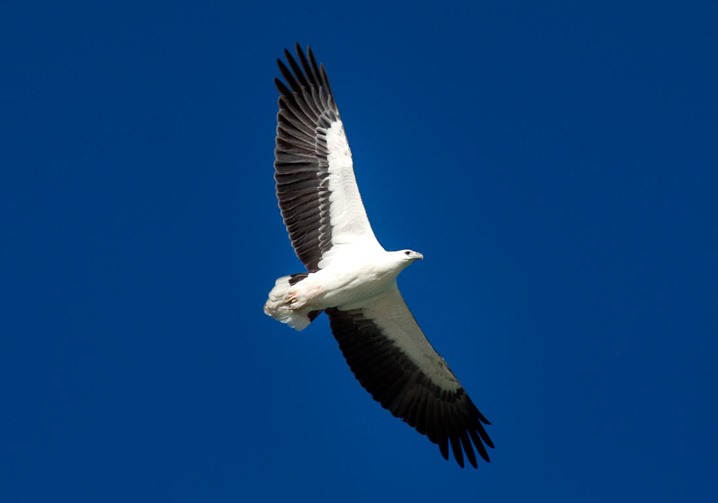


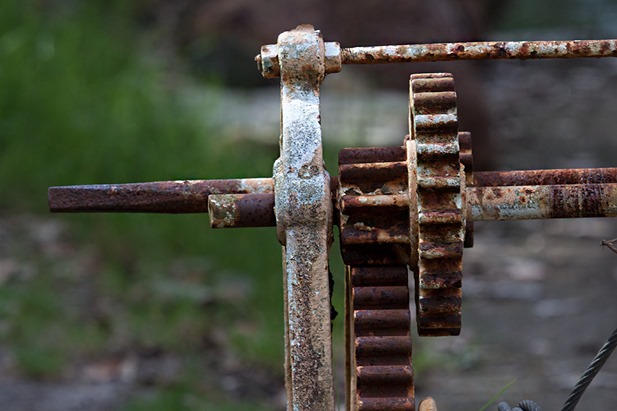

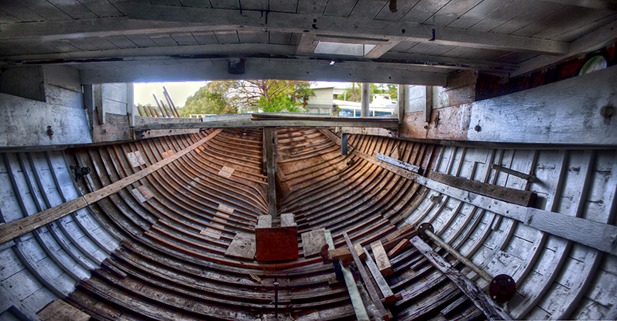








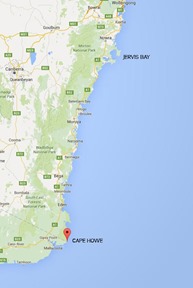



 The old boat frame arriving at Lady Denman Park.
The old boat frame arriving at Lady Denman Park. 

